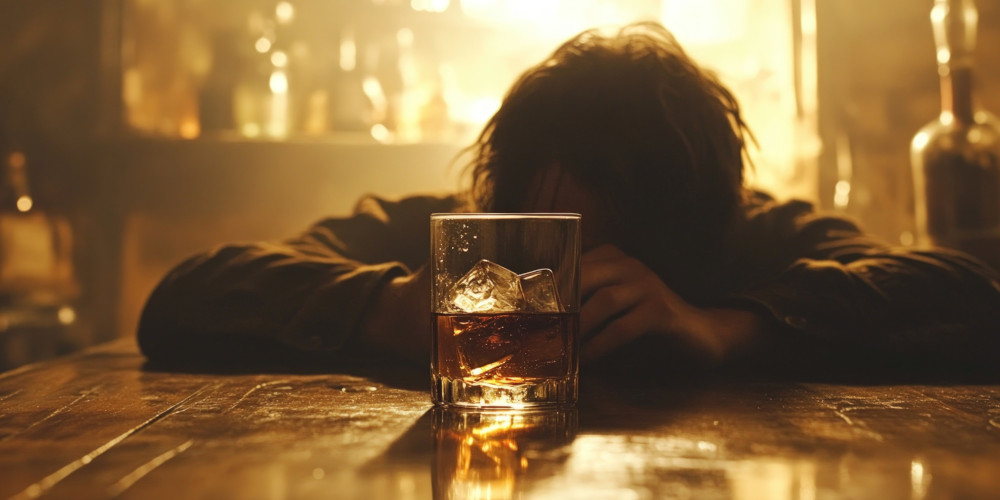Minimising in addiction is denial strategy used by people with substance abuse problems to keep themselves in the addictive cycle. Denial can be a dysfunctional protection mechanism which you may use to protect yourself from having to recognise, deal with and accept the reality of what is occurring in your life. This is often unconscious.
To recover from addiction, it is incredibly important to be able to identify denial. The 12 patterns of denial were developed by international addiction expert Terence Gorski. We’ll explain how addicts and alcoholics use minimising as an effective strategy to stay in denial, instead of face the reality of their addiction.
What is Denial in Addiction?
Denial is the first issue to address when addicted persons enter treatment or try other ways of recovering from their substance use disorder.
Denial is when someone
- Ignores reality
- Downplays reality
- Distorts reality
Reality is painful and difficult, and the addict turns to substances or other addictive behaviours to cope – i.e., to escape.
In the words of Dr Diamond: “The addict cannot tolerate reality… Neither internal reality nor external reality”. “They find reality repugnant, uncomfortable, and overwhelming, and prefer, like the psychotic, withdrawal into fantasy, bliss, or oblivion over reality.”
The first of the 12 steps of Alcoholics Anonymous, and other 12-step programmes, is completely geared at confronting and overcoming denial: We admitted that we were powerless over alcohol/drugs – that our lives had become unmanageable.
Without truly confronting and overcoming denial, no matter how much you want to get better, denial will trip you up and prevent you from recovering. This can be a tricky process because denial comes in so many forms and has become so normalised to the addict that they struggle to even recognise when they are using a given pattern of denial.

What is Minimising in Addiction Denial?
“My problems aren’t that bad”
Minimising is a common pattern of denial in which the addict or alcoholic significantly downplays the severity of their problem.
When confronted, they will say that their problem isn’t really that bad or that serious.
They might say that their problem used to be worse and that they have now got it under control.
It is a particularly dangerous form of denial in which the addict convinces themselves, and often those around them, that their problem is not serious enough to deserve sustained attention.
The addict who is minimising might accuse others of exaggerating and blowing the situation out of proportion.
It is tricky because it is more subtle that absolute denial and avoidance because the addict acknowledges, in part, that they have a problem, but that it is just not as bad as everyone is making it out to be. Many families are desperate to believe this and end up falling for it in the wild hope that it is truly not that bad.
Minimising allows addicts to stay in active addiction and delay getting help or entering recovery often allowing their lives to reach a point of destruction where things do become that bad and put them at risk of consequences that they can’t come back from.
Experts also warn that people who are in recovery and have been clean and sober sometimes begin to minimise their past addiction and its consequences – even ‘glamourising’ their past – and that this can be a sign of a relapse to come.
Denial can be subtle such as the pattern of minimisation. It can prevent people from getting help and it can be a precursor to a relapse in those who have gotten sober.
Do you think you or a loved one is using the minimising pattern of denial? Contact us for an obligation-free assessment today.
Read more about the other 11 patterns of denial below:


